|
Last week, we looked at the very fine silk embroidery used to render the face and hands of St John. Today, we will have a look at how his clothing was stitched. We will start with the silk embroidery and look at the or nue and further embellishment with metal threads next week. The green undergarment and the lining of his red mantle are stitched in silk. This is the same form of vertical silk shading, or tapestry shading, as seen in the face. Last week, we saw that the face of OKM t90a was more finely stitched than that of ABM t2165. We now see a contrast between this finely stitched face and the embroidery of the undergarment and the lining; both are stitched less fine. Contrary, in ABM t2165 there is no such difference; both face and garments are stitched the same way. We know that the fact that the figures and the background were separately made in these orphreys, lead to labour division and thus sped up the embroidery process. In larger workshops, the different jobs were likely awarded according to skill. The stitcher who could realistically render columns and vaults and who was an ace in counting worked the architectural backgrounds. His colleague, who was world-class in shading, worked the figures in tapestry shading and or nue. And I have proposed in the past that there was a third person. A highly skilled one, probably near-sighted, who worked the very fine faces. This seems to have been the workflow for OKM t90a. Contrary, when the workshop was a one-man affair (with an apprentice or journeyman) labour division was less or even absent. I think this is what we see in ABM t2165. Here you see the upper part of St John's green undergarment. One thing strikes: the silk on OKM t90a is in much better condition than on ABM t2165! How did that happen? Is it simple "wear and tear"? Then the silk of the or nue should have similarly deteriorated. Interestingly, the or nue of OKM t90a is in worse condition than that of ABM t2165. Maybe the silk used was of different quality? Or the linen ground fabric? It looks like the linen of ABM t2165 is a tat more finely woven than that of OKM t90a. Maybe this led to higher abrasion when stitching. Or was the stitcher to blame? As an embroidery teacher, I was often amazed how threads could wear rapidly when used by certain students and not at all whit other students. It is likely that the condition of your skin plays a major role. Was the stitcher of ABM t2165 forced to work with rough winter hands? When we look at the actual stitches, it becomes clear that the maker of ABM t2165 worked very methodical. The stitches go over five horizontal fabric threads and you can clearly see rows forming. Not so with OKM t90a. This is all a bit more irregular. When you look at the dark red patch under the green sleeve (next to his belt) you see three tiny stitches. The other dark red stitches in the vicinity are much larger. Interestingly, the shading of the sleeve of the green garment is much better on ABM t2165. You really get the impression of a heavy fabric falling in soft rounded folds. Whilst the embroidery on OKM t90a is crude as if the stitcher did not understand how fabric drapes. In both cases, the suggested folds are the result of shading in the satin stitching followed by additional couching on top. In my eyes, the expert rendition of the hair (and probably face) in OKM t90a combined with the sloppy stitching of the folds of the green garment doesn't make sense when we assume that this was done by the same stitcher. Especially not as this isn't a simple case of speeding up the process. The number of stitches on both sleeves seems to be similar. Contrary, the similarities in the stitching of the hair and the green garment on ABM t2165 make it likely that these were stitched by the same person. Who was very apt at stitching garments, but maybe not so good at faces. Maybe the stitcher's eye-sight was no longer good enough to stitch the very fine details needed for the face? And here you see the bottom part of the green undergarment and the red lining. Interestingly, you can see that both stitchers used the very regular stitching for the dark red part of the lining. The green stitches, on the other hand, look rather crammed towards the left-side on OKM t90a. The stitcher of ABM t2165 kept a much more regular stitch going.
The more I compare these two pieces, the more questions I have! Please do let me know what you think in the comments below.
6 Comments
sarah
21/6/2021 20:22:45
I'm extremely grateful for your detailed analysis of these pieces, not just because your photos show me things I can't see on other photos, and your questions point out things I'd never have thought of, but because there is info I haven't seen elsewhere. I did not know that the dark line on the clothing could be couched threads. I like the idea that the needleworkers did whatever was needed to make the best version of the illustration.
Reply
21/6/2021 21:12:13
Dear Sarah,
Reply
Truus Notermans
27/6/2021 09:10:18
Ik wil je even wijzen op de blog van 16 juni van TRC over de borduurwerken van Maaseik. Vind je vast heel interessant.
Reply
Your comment will be posted after it is approved.
Leave a Reply. |
Want to keep up with my embroidery adventures? Sign up for my weekly Newsletter to get notified of new blogs, courses and workshops!
Liked my blog? Please consider making a donation or becoming a Patron so that I can keep up the good work and my blog ad-free!
Categories
All
Archives
July 2024
|
Contact: info(at)jessicagrimm.com
Copyright Dr Jessica M. Grimm - Mandlweg 3, 82488 Ettal, Deutschland - +49(0)8822 2782219 (Monday, Tuesday, Friday & Saturday 9.00-17.00 CET)
Impressum - Legal Notice - Datenschutzerklärung - Privacy Policy - Webshop ABG - Widerrufsrecht - Disclaimer
Copyright Dr Jessica M. Grimm - Mandlweg 3, 82488 Ettal, Deutschland - +49(0)8822 2782219 (Monday, Tuesday, Friday & Saturday 9.00-17.00 CET)
Impressum - Legal Notice - Datenschutzerklärung - Privacy Policy - Webshop ABG - Widerrufsrecht - Disclaimer

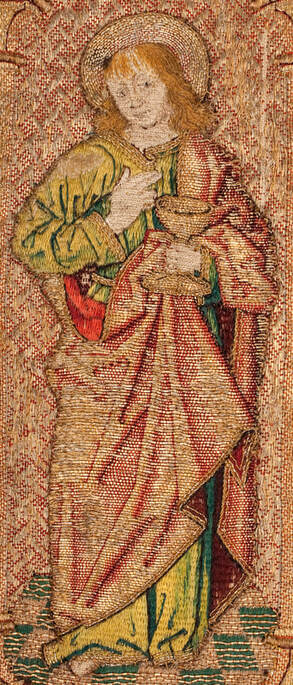
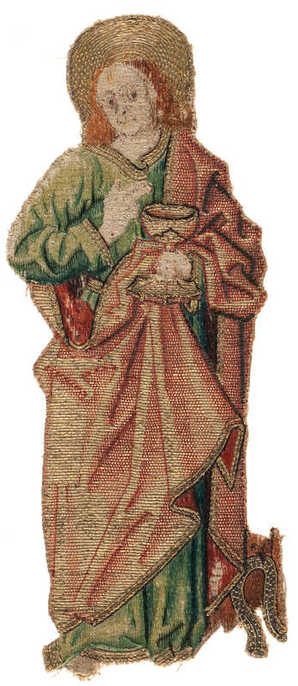
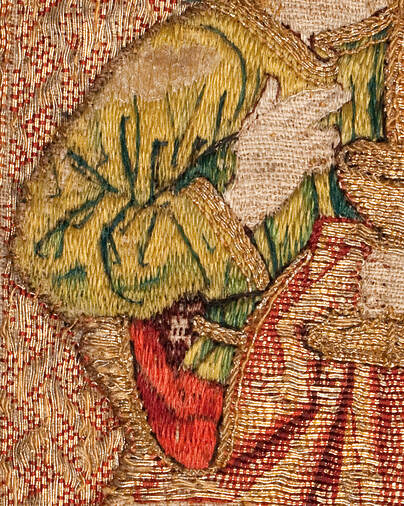
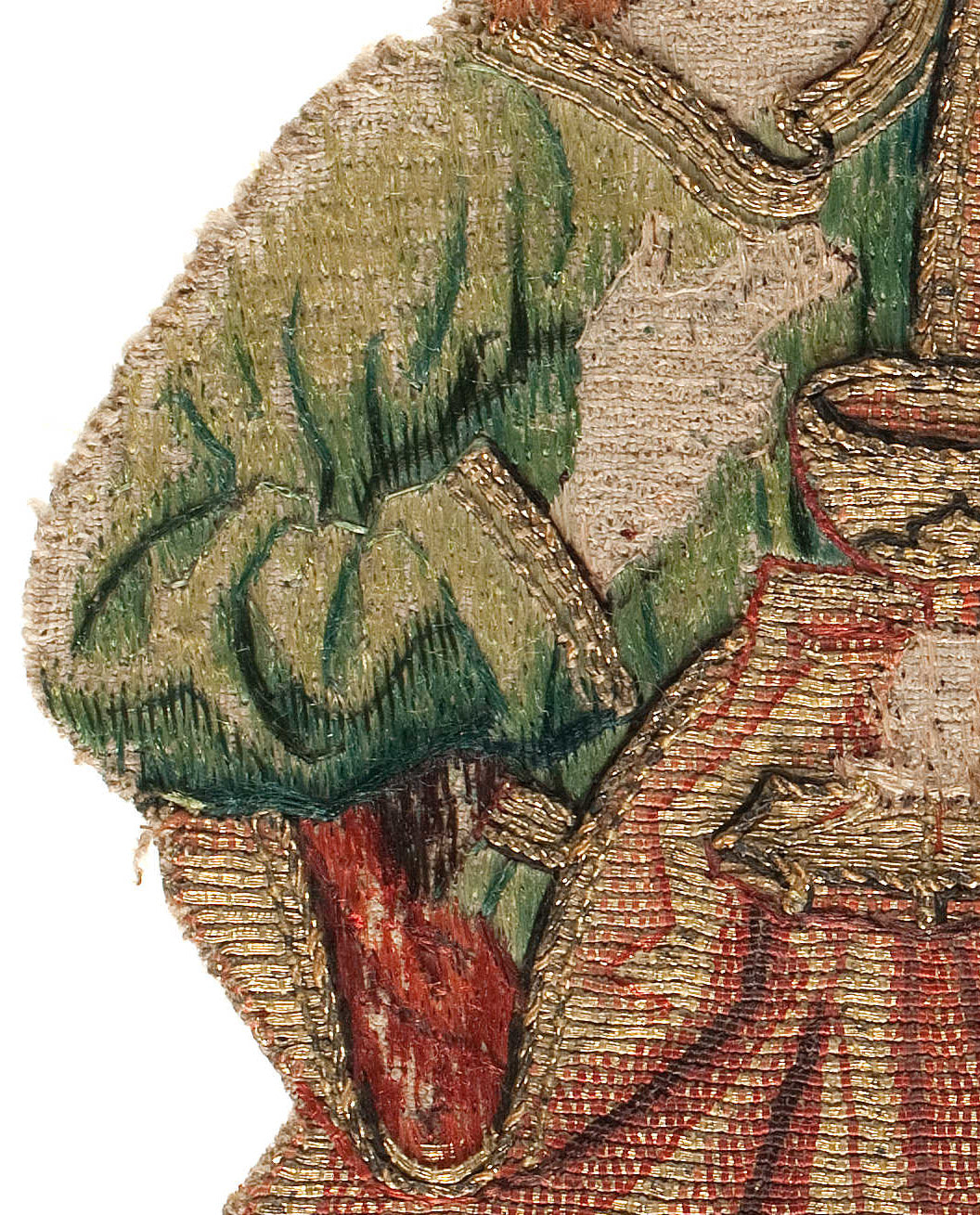
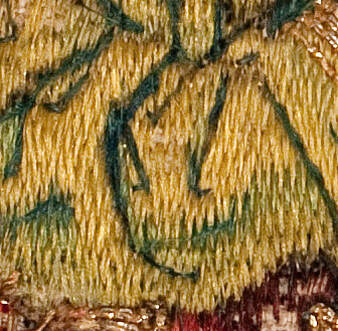
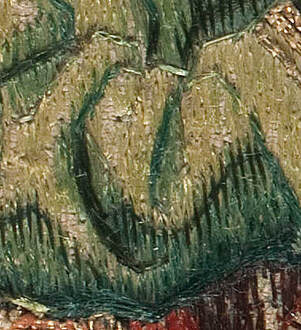
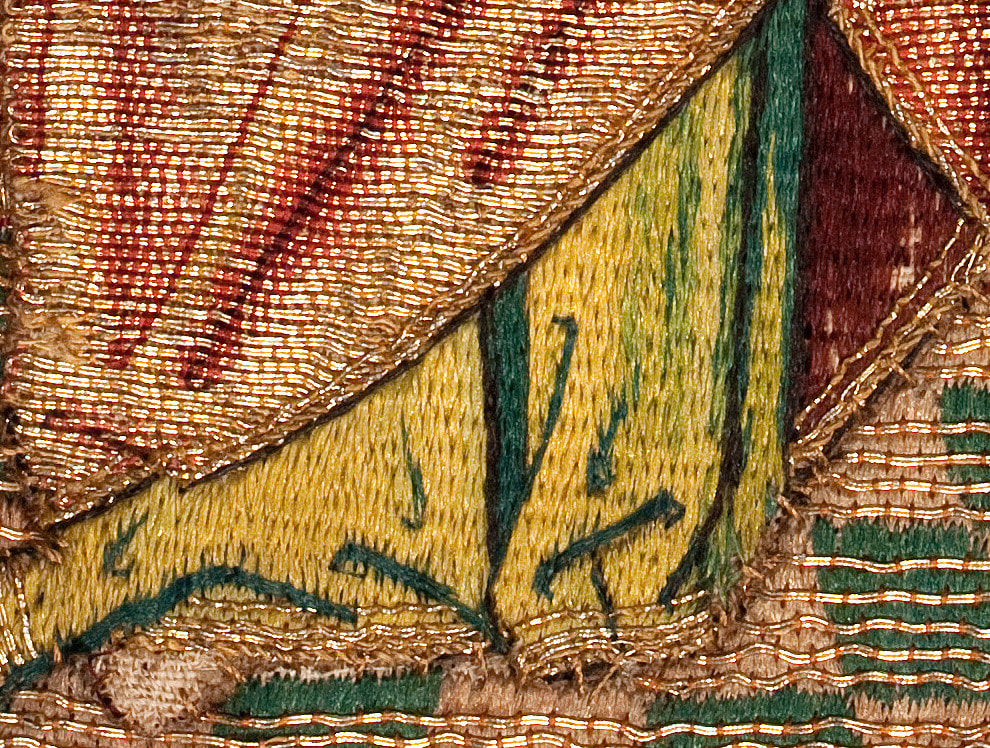
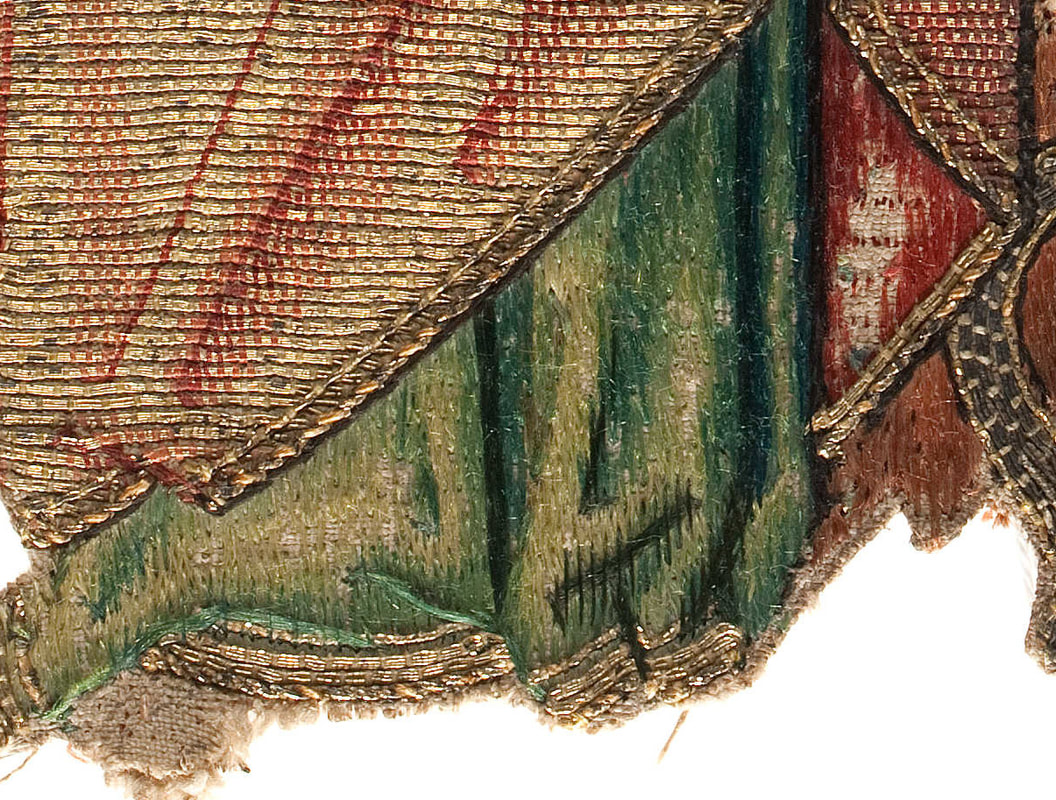





 RSS Feed
RSS Feed